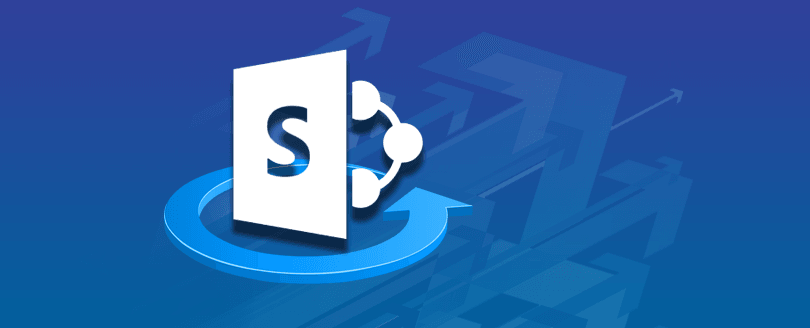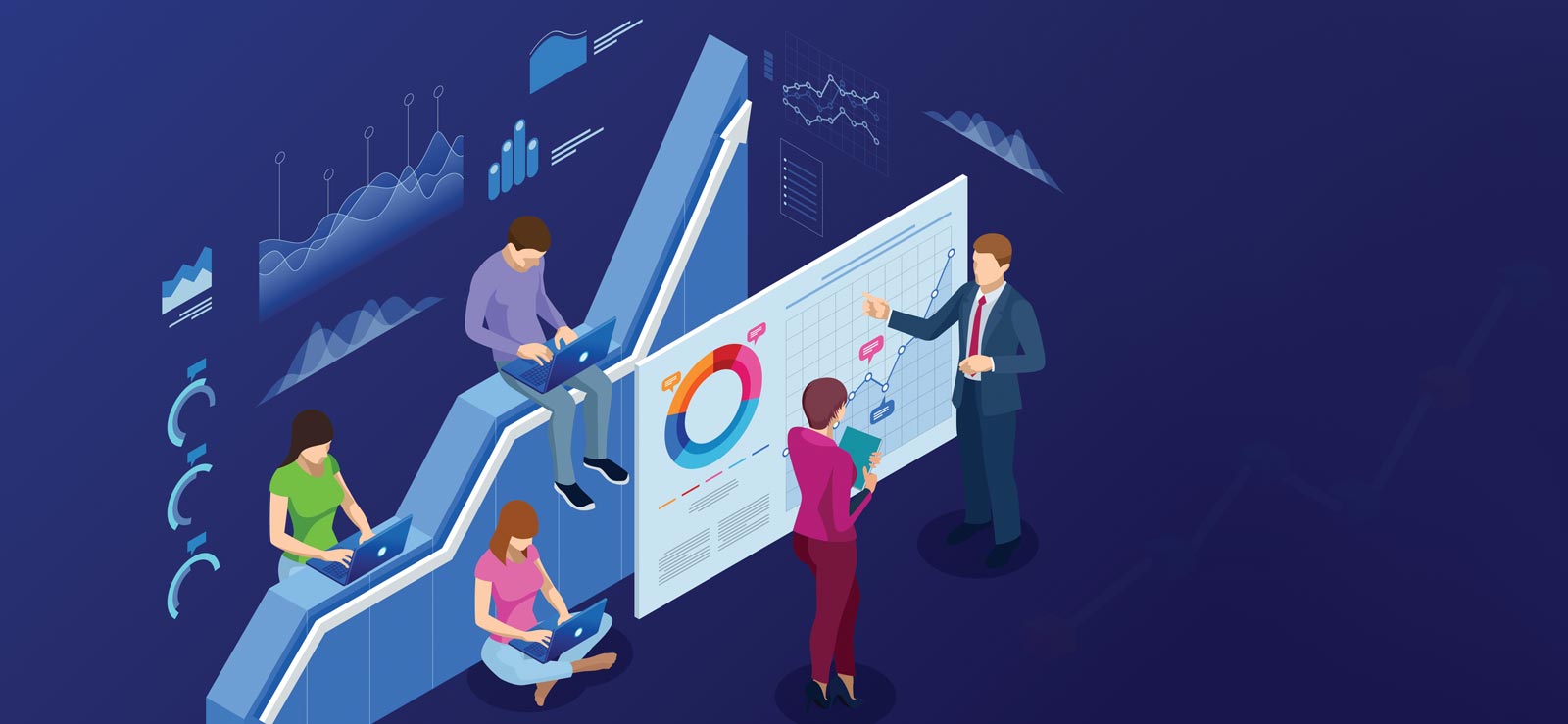Read time: 5 minutes
Are you in search of a simple and streamlined solution for document, file, and information organization? SharePoint Farms offer robust tools for storing, managing, sharing, and collaborating on data. As the foundational structure of a contemporary intranet system suitable for businesses of all scales, it is crucial to grasp the workings of SharePoint architecture to fully leverage its effectiveness.
In this article, we will elucidate the intricacies of SharePoint Farms, delving into their architectural aspects comprehensively, from inception to completion. With the aid of illustrative examples and comprehensive insights at each stage, we aim to provide you with a comprehensive understanding of how to establish an ideal SharePoint Farm.
What is SharePoint Farm: What you need to know
A SharePoint Farm is not merely a basic assembly of servers; rather, it constitutes a sophisticated system that serves as a robust platform, offering remarkable capabilities to bolster a website. Through the utilization of the SharePoint Farm framework, numerous servers collaborate seamlessly to deliver unmatched performance and dependability. Through the advanced design of this system, users can accomplish tasks such as SharePoint document management, web content management, and site administration with ease.
SharePoint Farms serve as the fundamental framework of a company’s IT infrastructure. They consist of multiple WFEs, application servers, and database servers that collaborate to deliver services to users. Therefore, it is crucial to possess a fundamental comprehension of the distinct server types and their respective roles to optimize productivity and efficiency effectively.
- Web Front End Servers (WFEs)
All documents, lists and hub sites in SharePoint Online are handled by the WFE server. This is the primary hub for user interaction, encompassing actions such as document viewing, file uploads, and list creation. As a result, the Web Front End (WFE) system must exhibit robustness and scalability to manage substantial traffic from numerous users accessing various sites concurrently. The required count of WFEs correlates with your organization’s size; larger organizations necessitate a greater number of WFEs to cater effectively to their user base. - Application Servers
A server application is responsible for hosting various applications and services that handle backend requests. For instance, it plays a vital role in running scheduled tasks and conducting content crawling for the purpose of search indexing. These services are commonly executed on specialized application servers to ensure they do not disrupt user interactions on web front-end interfaces. An illustrative scenario involves deploying a service application on an application server, which performs periodic content crawling across an entire site collection to facilitate proper indexing by search engines. - Database Servers
Database servers play a critical role in storing and retrieving data, necessitating their robustness to maintain data integrity while also ensuring swift response times for user or service application requests on application servers. SQL Server is a commonly chosen option due to its ability to offer both reliability and scalability for data storage across various sites within a specific farm.
Database mirroring allows for continuous synchronization between two databases, ensuring they remain in harmony even in the event of unexpected hardware or software failures. Any modifications made to one mirrored database are automatically propagated to both databases, ensuring maximum redundancy in any farm setup.
SharePoint Farm Admin Functions
In the role of a SharePoint Farm Administrator, your primary duties encompass the setup, setup, upkeep, and assistance of a SharePoint ecosystem. Collaboration with fellow administrators and technical personnel is integral to guaranteeing the sustained reliability and accessibility of the SharePoint farm. Below are some of the primary roles and obligations associated with being a SharePoint Farm Administrator:
- Oversee the architectural aspects of a SharePoint farm, which encompasses the management of hardware and software elements, including servers, databases, networks, storage, and more.
- Set up, customize, and oversee SharePoint farm servers alongside associated applications like SQL Server, Visual Studio, and more.
- Keep a vigilant eye on the SharePoint environment’s performance, usage, and security. Implement essential updates, patches, and configurations as needed to enhance both performance and security.
- Develop & implement SharePoint Online backup and restore & disaster recovery plans, to ensure that data and applications are safe.
- Administer user access and authorizations, guaranteeing that exclusively authorized individuals can access information and assets, and safeguarding sensitive data from unauthorized entry.
Single Vs Multiple Farms in SharePoint
In the realm of SharePoint, there are two commonly employed configuration approaches: the single farm setup and the multiple farm setup. In the single farm configuration, all web applications and databases are housed on a single physical server or virtual machine. This method enhances consolidation efficiency when contrasted with the utilization of multiple farms.
Conversely, a multi-farm configuration involves the use of multiple distinct servers or virtual machines. This approach proves advantageous when dealing with extensive storage requirements that necessitate effective management or when distributing computationally intensive tasks across several servers is essential.
For instance, organizations can opt for a dedicated SharePoint server exclusively for handling search queries and another specifically for conducting business intelligence operations. Ultimately, the selection between these two approaches hinges on the objectives and requirements of the user or organization.
SharePoint Workflow Architecture
SharePoint workflows play a crucial role in automating business processes and enhancing efficiency within the SharePoint ecosystem. These workflows are constructed through a sequence of defined steps and actions, executed in a predetermined sequence. The workflow engine operates on the SharePoint application server, handling the execution of workflows initiated within the SharePoint environment. Designing workflows is flexible and can be achieved using tools such as SharePoint Designer, Visio, or any application capable of generating SharePoint Workflow Markup Language files.
Scaling
SharePoint scaling involves the dynamic adjustment of servers within a SharePoint Farm, aiming to enhance performance and accommodate expansion. This entails utilizing the SharePoint Central Administration Website to create fresh servers, transfer services between current ones, or eliminate servers that have become surplus. This scaling process empowers SharePoint to efficiently manage growing user bases and increasing data demands.
Wrapping Up
Having gained knowledge about SharePoint farms and the underlying SharePoint architecture, it becomes evident that a well-executed SharePoint implementation can significantly enhance operational efficiency and productivity. SharePoint farms provide a wealth of multifaceted features that streamline organizational workflows, fostering improved connectivity. It is imperative for any organization to grasp the architecture of its chosen platform in order to harness the system’s full potential and achieve optimal productivity.
Moreover, for quick, efficient, and effective approaches to any SharePoint migration needs, you can rely on the Kernel Migration for SharePoint to make it happen. SharePoint migration tool allows for streamlined migrations with minimal compatibility issues, making for a smooth transition from one platform to another.







